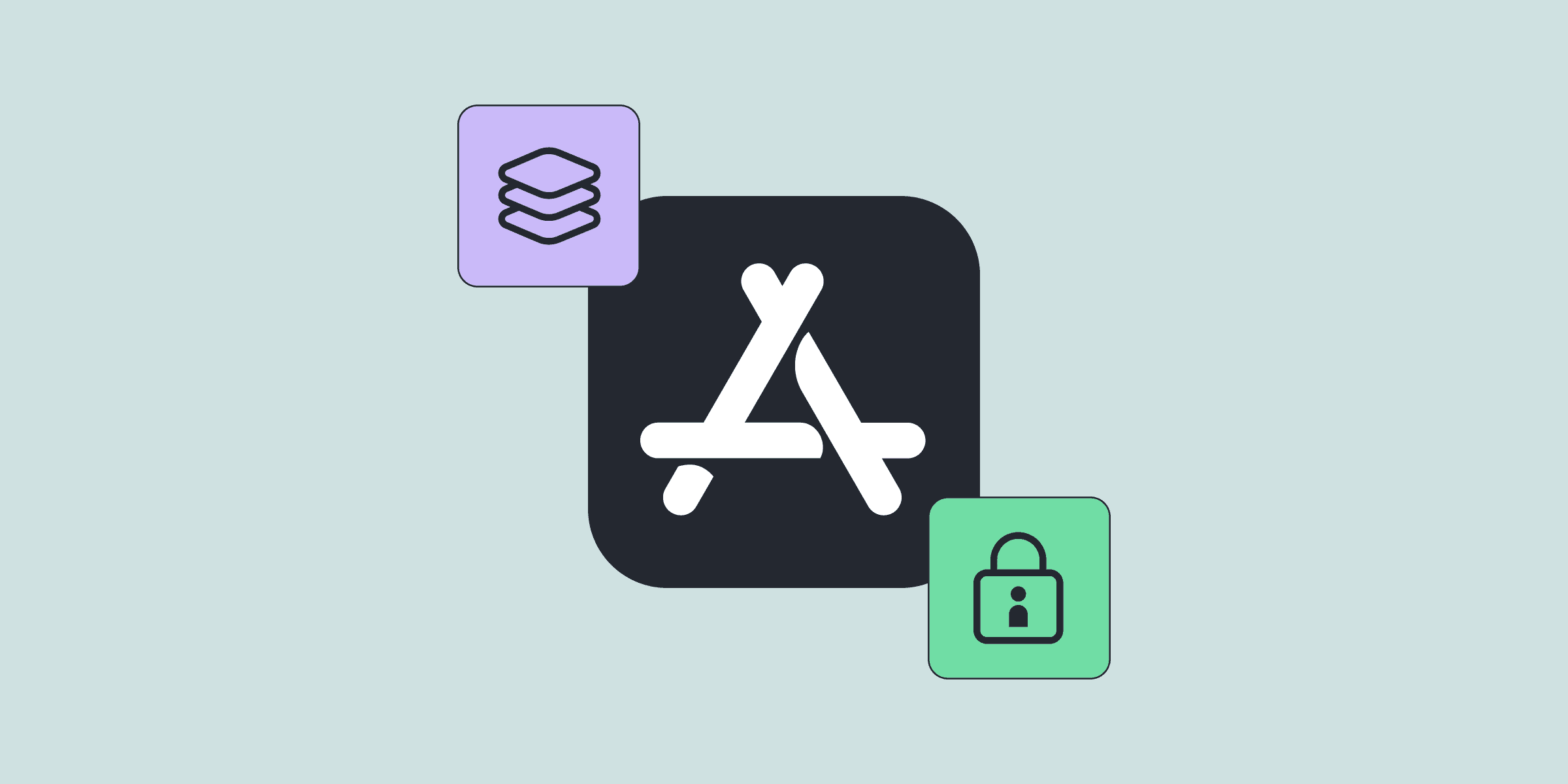Getting started with subscription-based apps. Must-have tools, metrics, and tips
Getting started with subscription-based apps. Must-have tools, metrics, and tips

Michael

Michael
May 25, 2021
May 25, 2021
The subscription app market is growing at an exponential rate. According to Statista, in 2020, the annual spending in the top 100 subscription apps in the U.S. reached the $4.5 billion mark on the App Store and $1.4 billion on the Google Play Store. Moreover, on the worldwide arena, Sensor Tower indicates that “the top 100 subscription apps generated $10.3 billion on the App Store, and $2.7 billion on Google Play”. With so much growth and spending potential — no wonder developers are interested in monetizing their creations through subscriptions.

Annual spending in the top 100 subscription apps in the United States from 2016 to 2020 by platform
For those just starting with app development, it might be worthwhile first to check out the most popular app categories. By getting insights into the most successful apps, you can better identify the direction you want to take with your development project.
Today, we will discuss everything you need to know when getting started with subscription-based apps:
What are subscription apps, and how do they work?
Pros and cons of subscription apps
Key metrics
Must-have services for subscription apps
Starting your subscription-based app journey
Let’s dive in!
The subscription app market is growing at an exponential rate. According to Statista, in 2020, the annual spending in the top 100 subscription apps in the U.S. reached the $4.5 billion mark on the App Store and $1.4 billion on the Google Play Store. Moreover, on the worldwide arena, Sensor Tower indicates that “the top 100 subscription apps generated $10.3 billion on the App Store, and $2.7 billion on Google Play”. With so much growth and spending potential — no wonder developers are interested in monetizing their creations through subscriptions.

Annual spending in the top 100 subscription apps in the United States from 2016 to 2020 by platform
For those just starting with app development, it might be worthwhile first to check out the most popular app categories. By getting insights into the most successful apps, you can better identify the direction you want to take with your development project.
Today, we will discuss everything you need to know when getting started with subscription-based apps:
What are subscription apps, and how do they work?
Pros and cons of subscription apps
Key metrics
Must-have services for subscription apps
Starting your subscription-based app journey
Let’s dive in!














